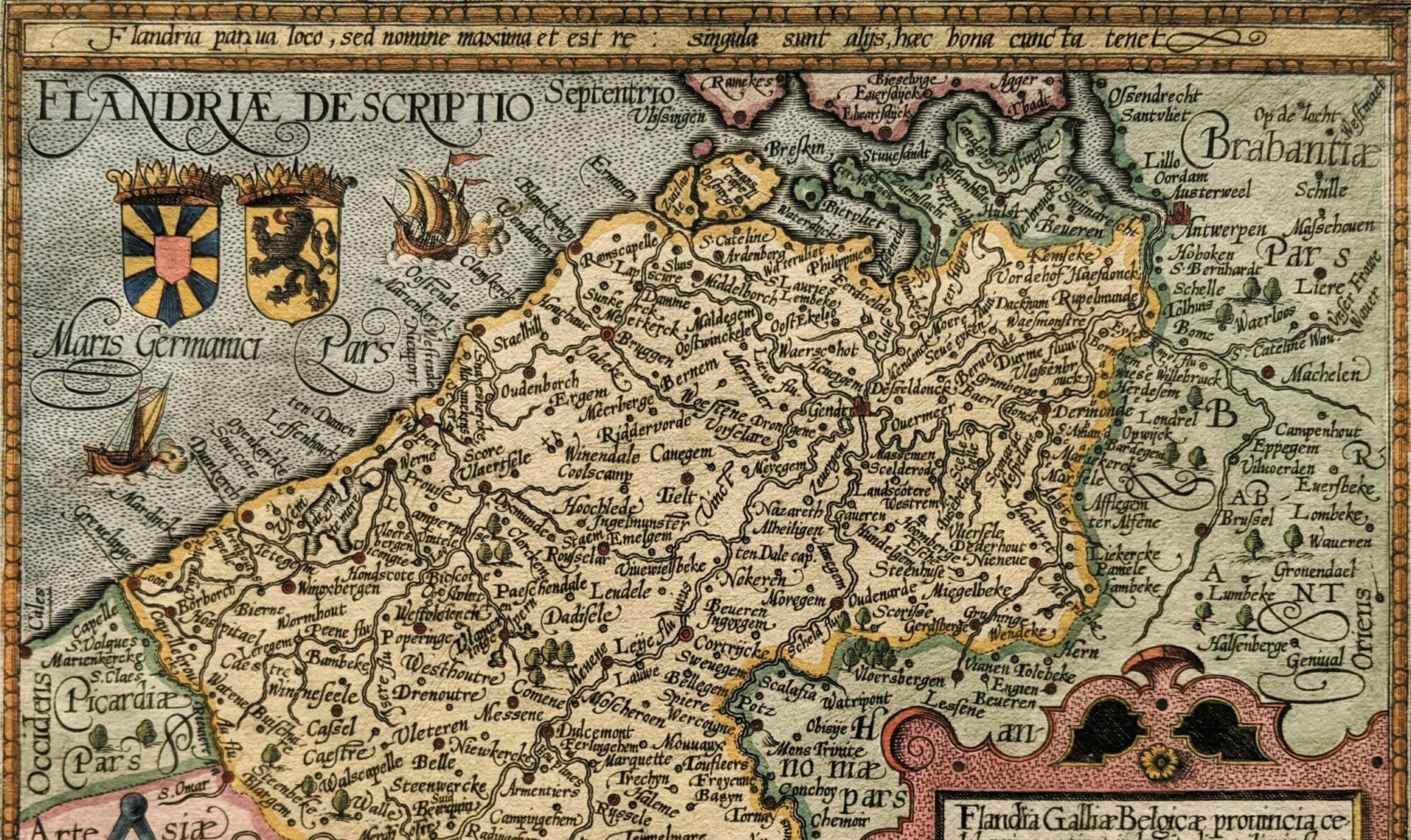Op 27 en 28 Oktober organiseert de faculteit voor Theologie en Religieuze Studies de conferentie “The Dynamics of devotions”. Meer informatie zoals het programma en praktische informatie kan u vinden op de website: https://theo.kuleuven.be/en/research/research_units/ru_pastoral/the-dynamics-of-devotions/
This Conference will be held on the occasion of the establishment of the Chair of Popular Religiosity at the Faculty of Theology and Religious Studies of the KU Leuven.
According to John of the Cross, statues of saints should draw the attention of the faithful to the imaged saints and through them to the invisible God. He believes the fact that so many saints are venerated and that there are so many statues of saints, has to do with the fact that every person is different and that some are more sensitive than others to a particular devotion. He also points out the existence of numerous pilgrimage sites and other holy places. The place where, according to him, one can best go to pray is simply a place to which one is particularly attracted an at the same time a place where one is not distracted from the way to God (Ascent of Mount Carmel, III). He refers to the Samaritan woman who questioned Jesus about the best place of worship. Jesus’ answer was that true prayer does not depend on the mountain or the temple, but that those who please the Father with their prayers are those who worship Him in spirit and truth (John 4:20-24).
The two types of John of the Cross are characteristic of the Christian faith tradition. They have something basic, and at the same time they contain a warning. They are basic, because religion is hard to imagine without observable, material things. Humans are physical, sensory beings, and in the expression of religion, objects, places and images provide a certain hold. It can hardly be otherwise. The warning is that one must realize that one is merely on the way, that one must not cling to the visible because the invisible God is the goal. There is a danger of becoming entangled in ‘ritualism’ in worship and of becoming too attached to devotions in private piety. This conference is about devotions, both their concrete and their risky side.
Many devotions have arisen in the long history of Christianity. As a product of their time, they often gained great popularity only to decline or disappear afterwards. Because of their risky side, concrete devotions are often the subject of fierce criticism. For example, the Church Father Augustine opposes the veneration of saints:
“You shall worship the Lord your God and serve Him only. Do you want to be sure to honor holy angels and martyrs? Glory then to Him, in whom they only want to receive glory. For if they are holy, they will be angry with you if you should honor them individually instead of Him alone from whom they have received the grace of their bliss. Precisely because they are holy, you must not offend them even more by wishing to venerate them, as it were, set apart. For by honoring God, you honor everyone who remains united to God in pious love and holy devotion” (sermo 198:46).
A thousand years later, Thomas a Kempis, in his Imitation of Christ, sneers at the pilgrimage practice of his days: “those who go on pilgrimage rarely become saints” (1: 78). With this sharp criticism Augustine and Thomas did not object to the existence of devotions as such. For example, Augustine is proud of the miracles that are said to have happened in places where a relic of St Stephen is present (De civitate Dei, 22, 8), and Thomas is proud of the statues of Mary in the church of Agnietenberg Priory and the indulgences that can be earned in this church (Chronicle of Agnietenberg).
Devotions have also given rise to the separation of minds within Western Christendom. For example, the worship of the host was rejected by reformers as the worship of a ‘bread god’. Catholics, in turn, made the Sacramental Procession a grand triumphalist event to shame the heretics.
The conference will be held at the University of Leuven, hosted by the Faculty of Theology. Some of the keynote speakers are Wendy Wauters, Anne Harrison, Rob Faesen, Paul van Geest, and Nicolas Balzamo. The organization consists of Prof Dr Hans Geybels and Dr Charles Caspers.
